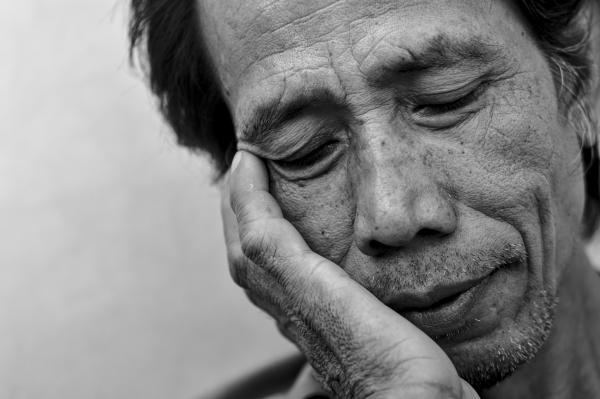Feeling physically and mentally tired after some activities is a sign of aging; ask any adult over, say 50 tasked with caring for a toddler for the day. And fatigability is a sign within aging of increasing frailty. So the researchers were most interested in identifying an easy means, in this case, a survey, to identify the frail patients within their care – without any specific physical testing like hand grip or one’s walking pace or the speed at which you “pop” or not out of a chair.
The researchers did find that their survey instrument, the Pittsburgh Fatigability Scale, was a useful marker. But for our purposes, it is better just to get a sense of their findings. [1] Fatigability is how tired one feels after performing a specified activity for a defined time and intensity.
We have been asked to take down a copy of the Pittsburgh Fatigability Scale as it is copyright. We apologize for our error. For those who would like to see the scale, you can use this link to make a request. For my writing, the ranking considers a leisurely and brisk walk, light housework, gardening, watching television, hosting or participating in a social event, and high-intensity activity. It rates an individual's fatigue on a five-point scale for physical and mental fatigue.
The study participants come from the Long Life Family Study, a group of individuals with “exceptionally” long lives in the US and Denmark. The study involves parents and their children with spouses acting as controls (presumably to minimize environmental and lifestyle differences).
Participants mean age 73, 58% women and essentially all white. Over a mean period of three years between examinations, 10% of the study group of 2300 had died. Higher scores on the fatigability scale reflect more significant fatigue. As you might expect, when adjusted for age, those with higher scores (19) were not the survivors compared with a score of 12 among survivors.
When a cut-off score of greater than 25 was used, those with more than 25 points had a 2.3 fold greater chance of dying than those with lower scores. Nearly 99% of that group survived in that three-year interval. With that in mind, go back and look at the activities being considered.
There are three, watching TV, sitting around, and attending a social event that should involve little activity. But as those activities become more tiring, you become less likely to pursue them. The result is a dramatic reduction in your world and its horizons. This is consistent with other studies that have looked at how many rooms in your house you use during the day can be a marker for frailty. Or consider taking a walk or doing light housework; fatigability in these instances reduces your world and simultaneously increases your dependence upon others.
We all age. We should all try to increase our healthy years, not just our numerical years – that is the concept of healthspan compared to lifespan.
[1] The scale has two parts: physical and mental fatigability; this study looked at only the physical component.
Source: Perceived Physical Fatigability Predicts All-Cause Mortality in Older Adults Journal of Gerontology DOI: 10.1093/gerona/glab374




